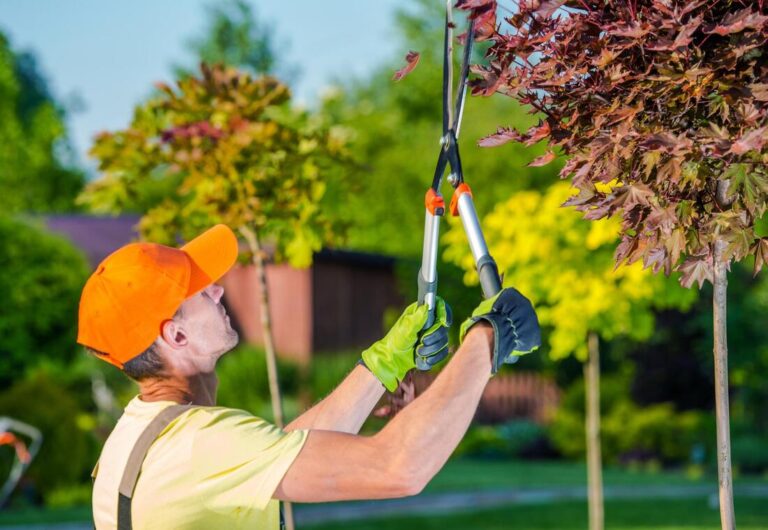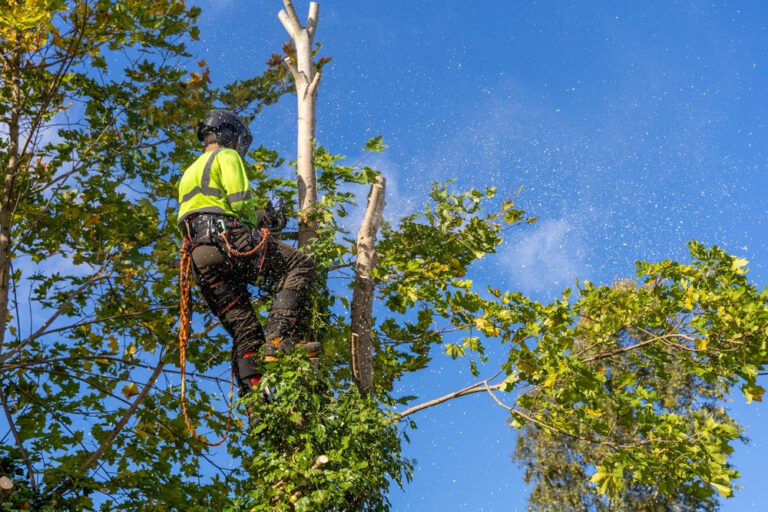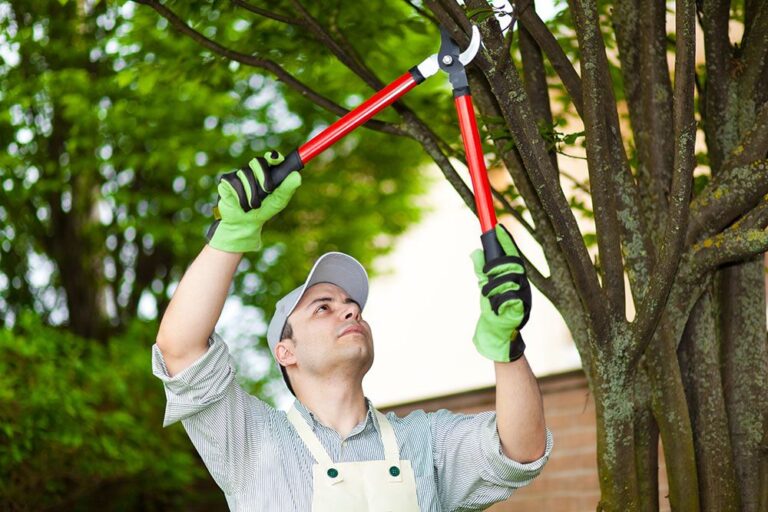Trees provide every landscape character, shade, and beauty. Healthy and vigorous growth of trees depends on proper care. Pruning and trimming are fundamental components of tree care. These methods not only make a tree look better but also advance its safety and health. This book will cover the tools you’ll need, several methods for cutting and pruning trees, and best practices to follow.
The Importance of Proper Tree Trimming and Pruning
Pruning and trimming are not only about keeping trees orderly; they also are essential for the health of the tree and your property’s safety. These methods, done right, can:
- Cut out sick or dead branches.
- Promote smart development.
- Shape and structure the tree better.
- Improve solar exposure and ventilation.
- Stow possible threats from falling branches.
Ignoring tree maintenance can result in poor tree health, insect infestations, and compromised branches. Frequent pruning guarantees trees’ continued strength and vitality for many years to come.
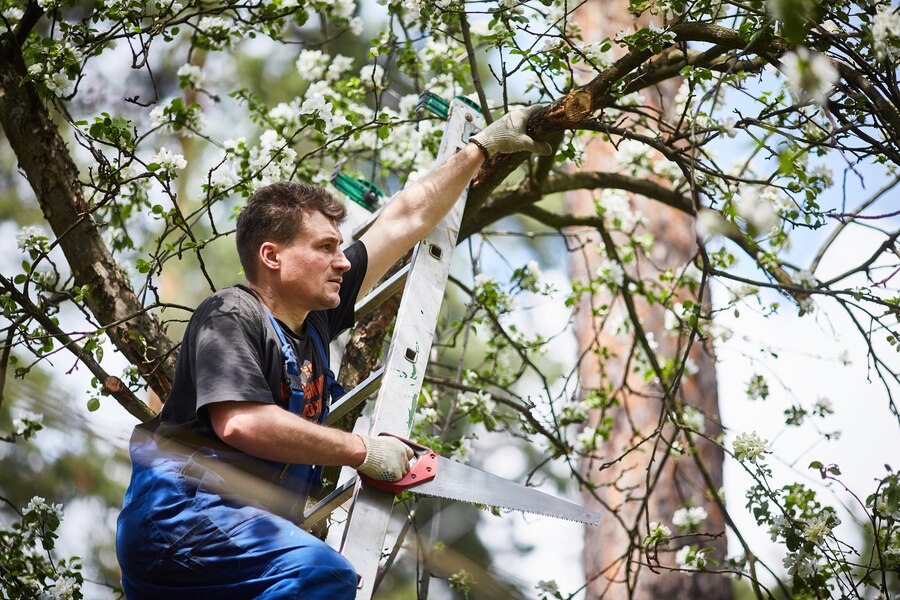
The Basic Tools Needed for Tree Care
Get ready the correct tools before doing any cutting or pruning. The work is safer and easier when one uses the right tools. Important instruments comprise:
- Pruning shears: Ideal for small branches and twigs.
- Loppers: Perfect for thicker branches up to 2 inches in diameter.
- Hand saw: Used for larger branches.
- Pole pruner: Helps reach high branches without a ladder.
- Chainsaw: Necessary for very large branches or tree removal.
- Gloves and safety gear: Protect your hands and eyes while working.
To cut precisely and stop the transmission of disease, make sure your equipment are sharp and clean.
Common Tree Trimming Techniques
Tree trimming involves removing parts of the tree to enhance its appearance and health. Here are some common techniques:
Pruning Cuts
- Heading Cut: A heading cut reduces the length of a branch, therefore promoting fresh development. This method will help you shape young trees or manage expansion.
- Thinning Cut: This entails taking a whole branch or twig back to its point of origin. It lowers the density of the tree therefore enhancing light penetration and ventilation.
- Reduction Cut: A reduction cut brings a branch back to a smaller side branch. It helps a tree to be smaller overall while yet preserving its natural form.
Crown Reduction
Crown reduction is the process of reducing the tree’s overall height and spread. This technique is perfect for:
- Keeping the tree from meddling with power cables or buildings.
- lowering the storm damage risk.
Get a balanced and natural look with reduction cuts.
Crown Thinning
Crown thinning aims to remove particular branches to increase sunlight and ventilation. Advantages include:
- Reducing the weight of heavy branches.
- letting more sunshine find lower plants.
- raising the general condition of the tree.
Raising the Crown
Raising the crown entails cutting off lower branches to provide clearance under the tree. Many times utilized this method is:
- Along paths or roads.
- Around constructions to increase accessibility and view.
Pollarding
A more radical pruning method called pollowing cuts back branches nearly to the trunk. For some tree species, like willows or sycamores, this seems harsh but is effective. Pollarded trees need constant care to prevent overgrowth.
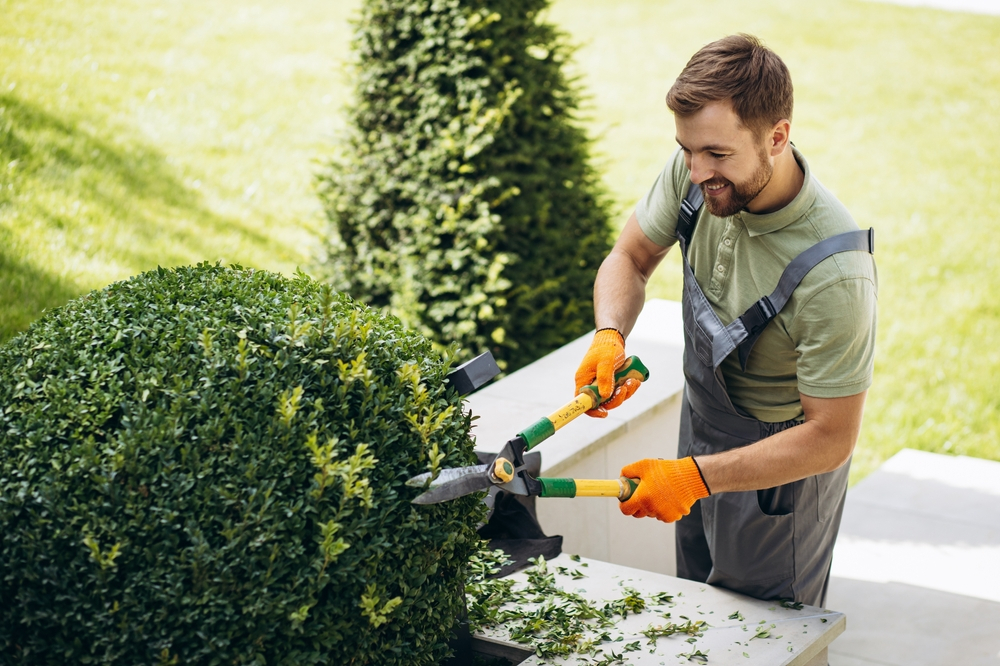
Specific Pruning Techniques for Different Tree Types
Pruning different trees calls for different methods. Let us consider methods appropriate for particular kinds.
Fruit Trees
- Pruning for Fruit Production: concentrate on cutting off dead, diseased, or crowded limbs. This increases air flow and lets sunlight into places that produce fruit.
- Shaping and Maintaining Fruit Trees: concentrate on cutting off dead, diseased, or crowded limbs. This increases air flow and lets sunlight into places that produce fruit.
Ornamental Trees
- Pruning for Shape and Structure:
Many times, ornamental trees are pruned for appearance. Eliminate branches that throw off the tree’s intended form. - Removing Dead or Diseased Wood:
Inspect and cut off broken branches often to stop disease from spreading.
Shade Trees
- Pruning for Clearance and Safety:
Eliminate low-hanging or overly stretched branches that can cause problems close to paths or buildings. - Maintaining Tree Health and Vigor:
Eliminating congested branches will help to enhance air circulation and light weight, therefore guaranteeing long-term health.
Best Practices for Tree Trimming and Pruning
Use these best methods to guarantee that your tree pruning attempts pay off:
Timing of Pruning
- Winter Pruning: Ideal for most trees since it encourages springtime robust growth.
- Summer Pruning: Perfect for shaping trees or slowing their expansion.
- Avoid Pruning During Fall: Trees repair more slowly, which raises disease risk.
Avoiding Common Pruning Mistakes
- Don’t remove too much at once; the tree may become stressed.
- Leave the branch collar whole; do not cut too near to the trunk.
- Never top a tree (cutting off the top); this compromises the look and strength.
Safety Considerations
- For protection always use gloves, goggles, and a hard helmet.
- High branches should be reached from a strong ladder or pole pruner.
- Steer clear of operating close to electricity lines; instead, pay a professional.
- Frequent tool inspections help to guarantee their safety and functionality.
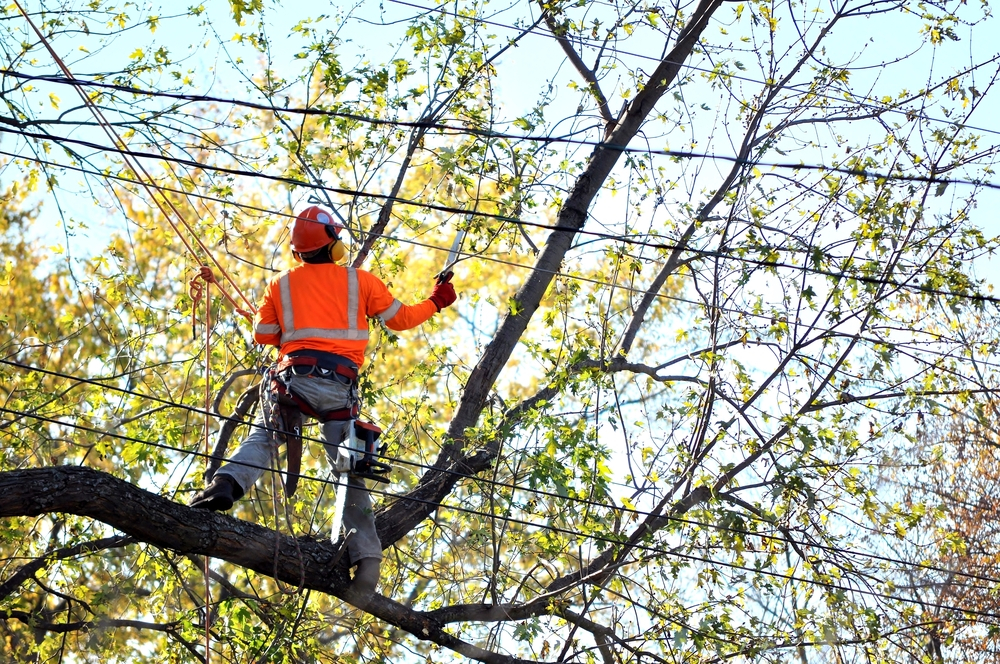
Conclusion
Proper tree trimming and pruning are essential for maintaining healthy, beautiful trees. These techniques enhance tree growth, improve safety, and ensure your landscape looks its best. Remember to use the right tools, follow best practices, and adjust your approach based on the type of tree.
If a task seems too challenging, don’t hesitate to seek professional help. Regular tree care not only benefits the environment but also enhances the value of your property. With the right techniques, your trees will thrive for years to come!
Tree Trimming Richmond
(804) 533-3943
https://treetrimmingrichmond.com/

